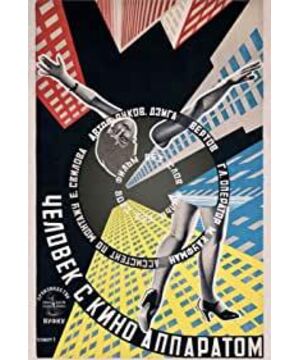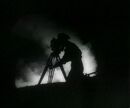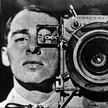Or maybe that's why most people remember the movie, and why it was included in the film industry.
In an era where technology decides everything, from the past to the present.
Yes, technology has always been an important thing. It's as if money is a very important tool at all times, opening up relationships and conquering everything imaginable in this world. Even abstract things, because, camouflage, is always an easy thing to do.
Therefore, the truth is especially valuable.
Although, I don't know what is called real.
There are relatively obvious segmentations in the film, and the narrative is paragraphed.
What impressed me more was a feeling, a kind of power transmitted through the image. These seemingly disjointed montages magically express the author's views and opinions about the times he lived in and the people he met around him.
What era was the 1920s?
Around this time, the achievements of the 1911 Revolution were successfully inherited by President Yuan Da and then successfully entered the so-called era of warlord melee. I admit that I am completely ignorant of this history. All I know is that the May 4th Movement has just been completed at this time, a great organization that is said to save China is still brewing, and the world has not yet entered the red era when red flags are planted everywhere.
As for the Soviet Union, it is a piece of history that I am ignorant of. I only vaguely remember from the poor textbook that this vast land has been redeemed from the black world by a cannon shot, and then the working class has successfully begun its "leadership" position. Then, the USSR, the largest country in the world, was born. Then, the "column" in "Marxist-Leninism" is gone. After that, things seemed to be a lot easier: someone who was later used as an analogy to Mao started a long job, and the first five-year plan also played on the tail of the 1920s with heavy makeup and liveliness.
As a result, USSR began its beautiful ideal process of catching up with the United States and heading towards socialism.
The movie is probably about that time.
How people changed from human to machine, the large industrial civilization that was once considered to represent Western capitalism has infiltrated into the blood of every people who love the motherland, and has become a symbol of passion and dream. Fortunately, Tsarist Russia was originally capitalism, so it didn't show the slightest abruptness and strangeness. People are happily sweating like rain on the fast-rotating machines, showing off their youthful colors, and fanatically releasing their emotions on the black and white images, while those in furs are also happily watching the trams and tracks in the cinema. , machines...the thrill of these postmodern civilizations. Includes constantly moving and changing camera positions, images.
This is the Soviet Union in the 1920s.
What I felt was bout after bout of panic at those uniform movements, the thrill of the fast-moving gears was nothing but a shudder, and the blinking eyes behind the camera witnessed everything—life and death, joy and happiness. Sad emotions, strong bodies, changing streets, and, recorded cameras and photographers. A machine on a fast-moving car, a machine on a high roof, a machine in a panicked street, a room in a hospital, an office, or even a movie theater showing a film... A machine that seems to hope to record everything, what does it bring? Is it real?
So, what is real?
The so-called truth is what the woman in the movie did while sitting at the table quietly watching the long film, carefully cutting it, and then splicing it together.
So, we saw a hot-blooded 1920s. The 1920s was full of happy smiles and high work rhythms.
Yes, we all live happily.
Then it was actually recorded. Recorded by the machine being recorded next to it.
[The fact that I am ashamed of is that as a student majoring in radio and television, I have nothing to do with film theory... So I can only express my admiration with some confusing words...]
View more about Man with a Movie Camera reviews







